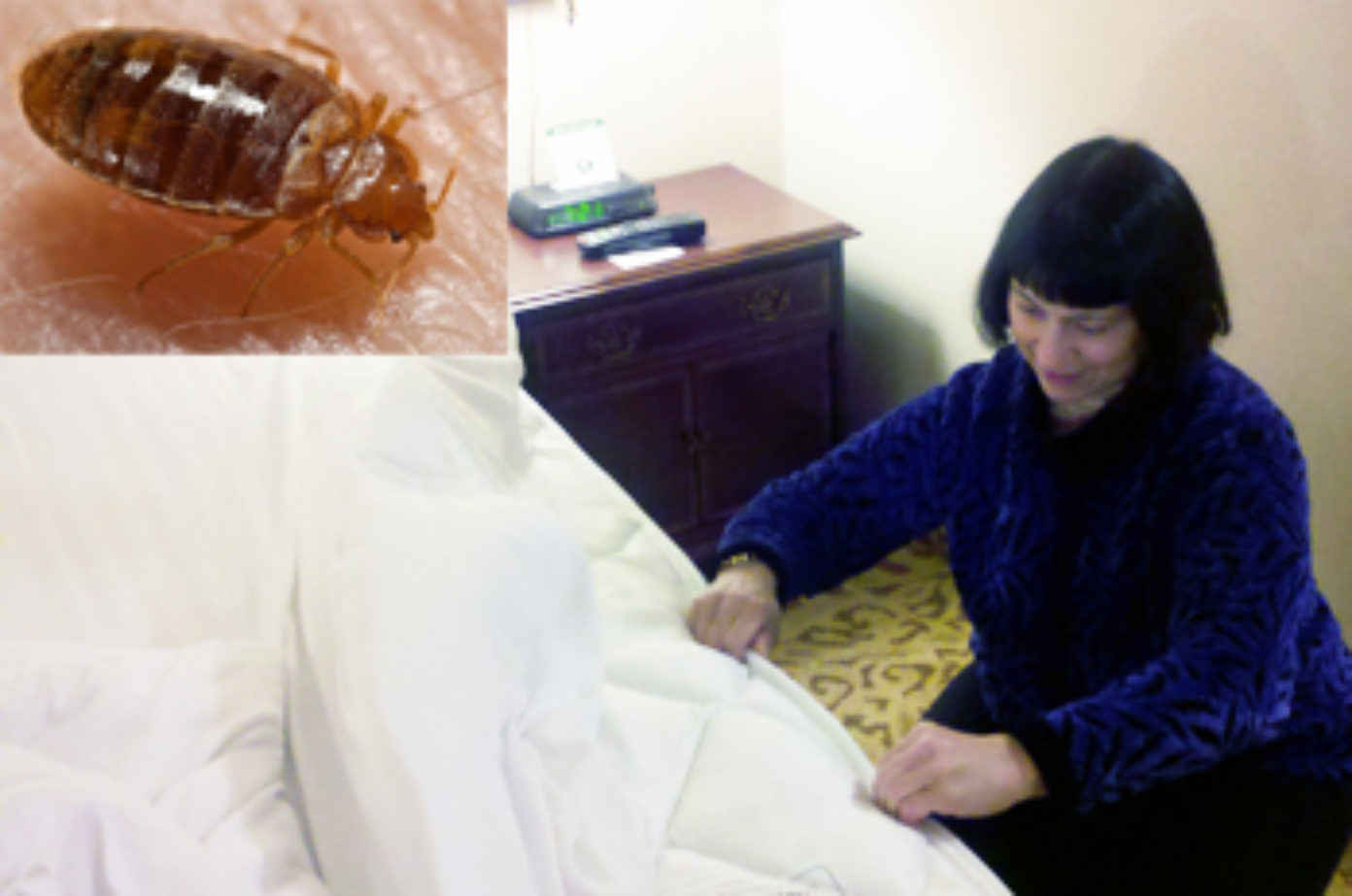Bed Bug Control and Legal Authority
December 1, 2010
Overview
Bed bugs are everywhere! Or at least STORIES about bed bugs are far and wide.
In their 2010 joint statement on bed bug control in the United States, the Centers for Disease Control and Prevention (CDC) and Environmental Protection Agency (EPA) identify bed bugs as a rapidly growing public health problem. Bed bugs are external parasites that feed upon human blood, usually while the human hosts are asleep. Although experts believe that bed bugs do not transmit disease, they cause a variety of negative physical health, mental health and economic consequences. They are hitchhikers, traveling on luggage, clothes and furniture to new places. Once established, bed bugs can be difficult and costly to eradicate.

Most states do not have laws specifically targeted at bed bugs. New York is an exception, enacting bed bug laws for New York City. These laws require notice of bed bug infestations in rental housing and public schools and specifically require landlords and occupants in control of rental units to eradicate bed bugs, as well as other insects or pests.
Michigan is an example of what states without specific bed bug laws can do to control the problem.
In response to the growing bed bug problem, in 2009, the Michigan Department of Community Health established an interdisciplinary Bed Bug Workgroup to study the spread of bed bugs and recommend solutions. The Department chose experts from the public and private sector with a broad array of experience. The workgroup included participants from the state health department, several local health departments and the state Department of Education, pesticide regulators from the state Department of Agriculture, subsidized housing officials, housing code compliance officers, university experts and an attorney. Representatives from the pest control, rental housing and the hotel and motel industries also participated.
The workgroup considered law as an important tool for fighting bed bugs even though Michigan law does not mention bed bugs. In fact, in 2000, Michigan’s legislature repealed as obsolete its law prohibiting the sale of used mattresses that are not sanitary. This raised questions about the need for the legislature to enact laws to provide specifically for control of bed bugs, including in housing and sales of mattresses and other goods.
While specific laws might be helpful, their absence should not prevent action necessary to protect the public’s health. Most states have laws that grant public health officials broad and flexible powers to address public health nuisances or hazards. Laws that authorize the government to protect the public against vermin, rodents and insects, or nuisances or conditions detrimental to human health, should also apply to protect the public against bed bugs. Applicable laws might be general, such as housing laws, or specific to certain types of facilities or accommodations that might harbor bed bugs, such as licensing laws governing nursing homes, day care centers and agricultural labor camps. Consumer protection laws also provide authority for government action and grant consumers the right to sue if they are sold infested mattresses or other goods.
In 2010, the Bed Bug Workgroup completed the “Michigan Manual for the Prevention and Control of Bed Bugs,” which provides comprehensive guidance to identify, treat, manage and prevent bed bugs. The manual identifies potential legal interventions and relevant laws regarding housing, accommodations, consumer goods and use of pesticides. Appendix A lists housing, facilities and businesses that are licensed and regulatory authorities that are responsible for enforcing licensing standards. The manual also provides specific guidance and sample agreements, checklists and policies for a variety of sites, including shelters and transitional housing, multi-dwelling units, long-term care facilities, hotels and motels, dormitories, schools and child care centers.
In addition to legal strategies, the Michigan Manual also includes materials and strategies for use by both government and business to educate the public and business owners on prevention and treatment of bed bugs. Michigan’s Bed Bug Manual, fact sheets and related materials are posted here.
This information was developed by Denise Chrysler, director for the Network for Public Health Law – Mid-States Region at the University of Michigan School of Public Health.She previously served as public health legal director to the Michigan Department of Community Health’s Public Health Administration, where she provided legal advice on a variety of public health issues, including bed bugs.
The Network for Public Health Law provides information and technical assistance on issues related to public health. The legal information and assistance provided in this document does not constitute legal advice or legal representation. For legal advice, readers should consult a lawyer in their state.
